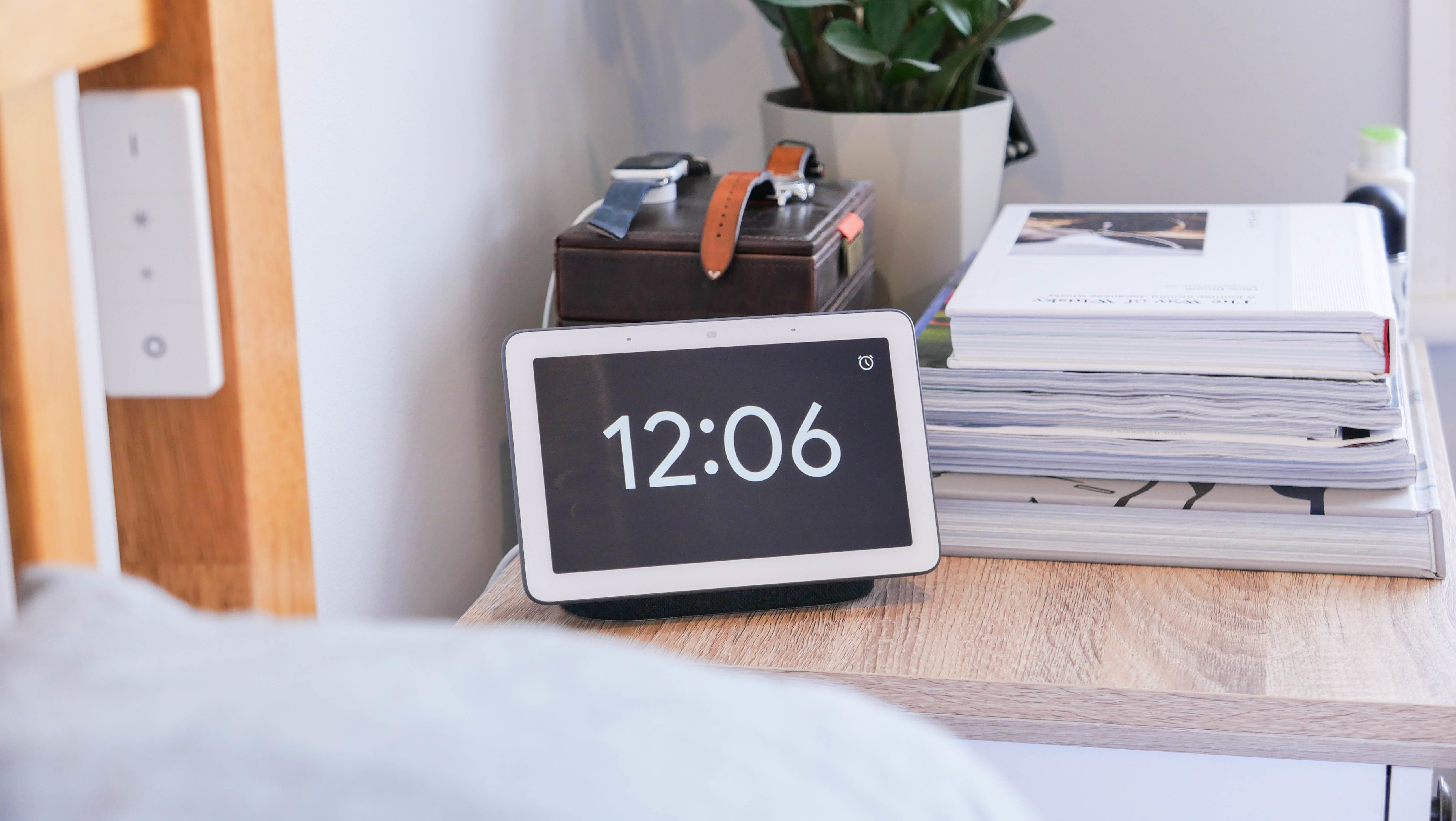New Nest Hub to reportedly retain old design but gain sleep tracking
Google's Nest division is reportedly preparing to launch a new version of its Hub smart display.
The device first launched back in 2018 as the Google Home Hub, and was later rebranded the Nest Hub to tie in with Google's spinning off of its Nest division, and the launch of the Nest Mini, and latterly the Nest Audio.
Read More:
- Here is why a new Google Nest Hub getting Soli radar tech makes sense
- How to use new Guest Mode with your Google Assistant speaker or display
- Okay Google, entertain me: Games and quizzes to play with your smart speaker
Nest Hub Available at Best Buy
9to5Google reports how the new model will retain the same design as the current Nest Hub. This means a compact touchscreen display, angled slightly upwards and attached to a fabric-covered base available in a range of colors.
Speaking of colors, the current options of gray, black and pink (known as sand) will remain, and be joined by a light blue option that is believed to be similar to the 'sky' option for the Nest Audio smart speaker.
Despite the same appearance, the new model is said to have improved audio quality over its predecessor. There is nothing particularly bad about the audio performance of the current Nest Hub, but given the vast improvements Google made with the Nest Audio (which replaced the Google Home), we're hopeful for a similar upgrade here too. The display is also expected to gain a third far-field microphone to improve its ability to hear your Google Assistant commands.
Most interesting of all is how the new Nest Hub is claimed to include Soli. This is Google's radar-style technology that featured on the Pixel 4 and Pixel 4 XL smartphones of 2019. There, it was used to enable hand gestures, letting users interact with the phone without touching it. Soli was dropped for the Pixel 5, but Google now wants to try it with another application.
This time, it is reported that Soli will be used to enable hand gestures, like a wave to skip between music tracks and an 'air tap' to pause or play music. We can see this being useful in the kitchen, when you might not want to tap and swipe at the screen while preparing food.
The Soli sensor is also expected to be used as part of a new sleep tracking feature. Here, its proximity detection will be used to track your sleep, assuming the display is placed on a bedside table. Data gathered by the sensor would be sent to Google Fit, the company's health and fitness app available on Android, iOS and Wear OS smartwatches. It's an interesting development and we are keen to see how accurate a Soli-powered sleep tracking can be.
